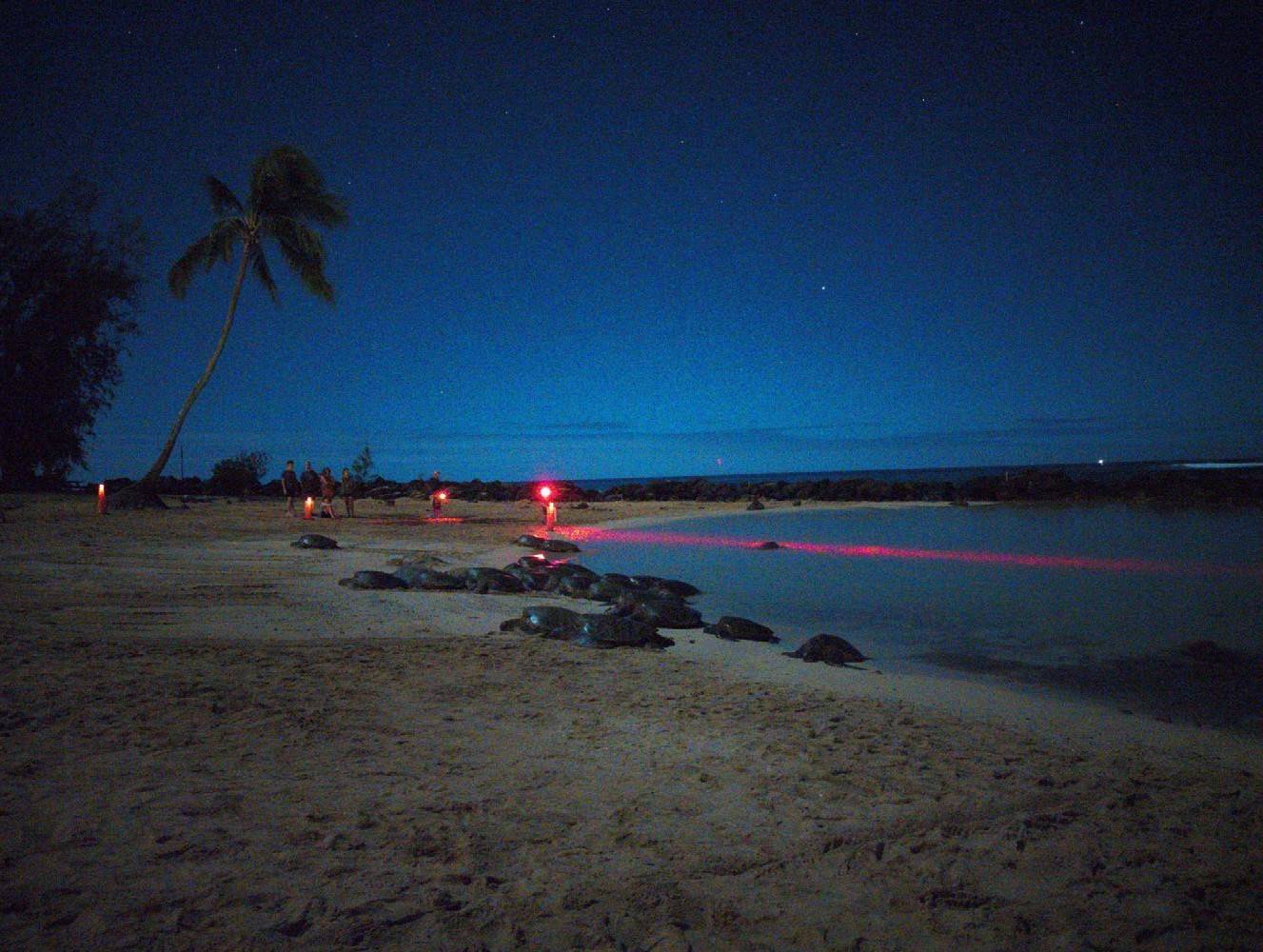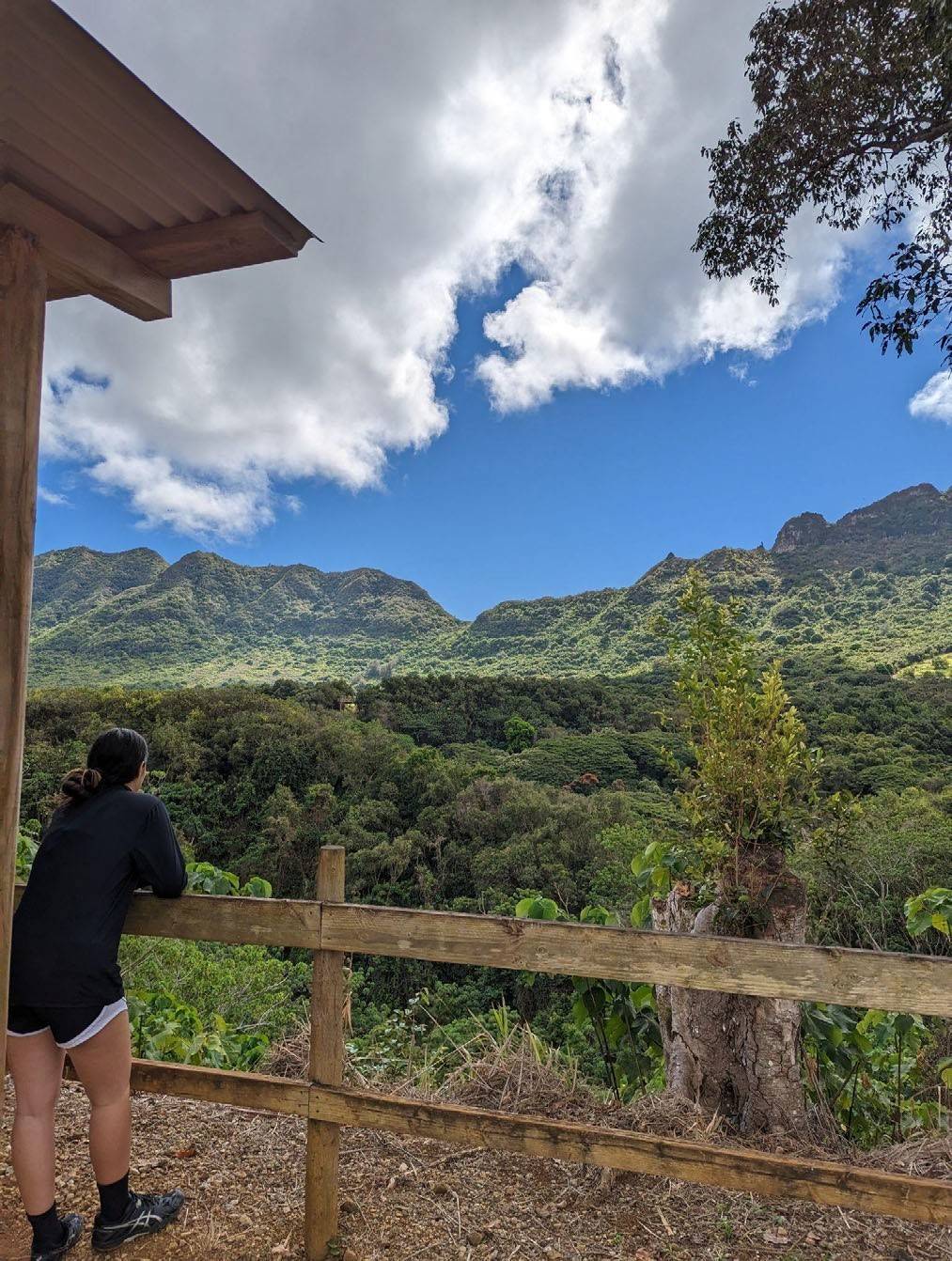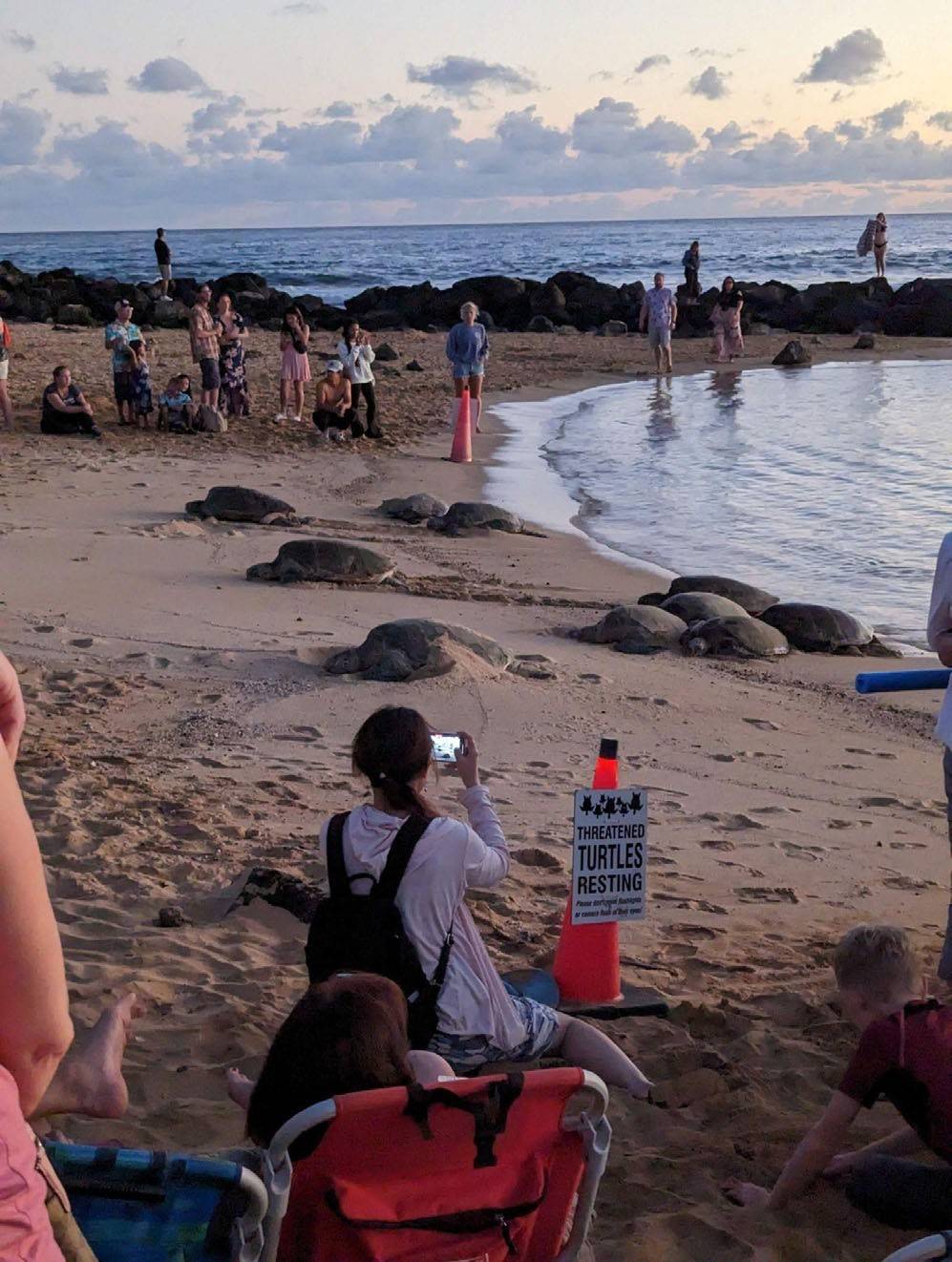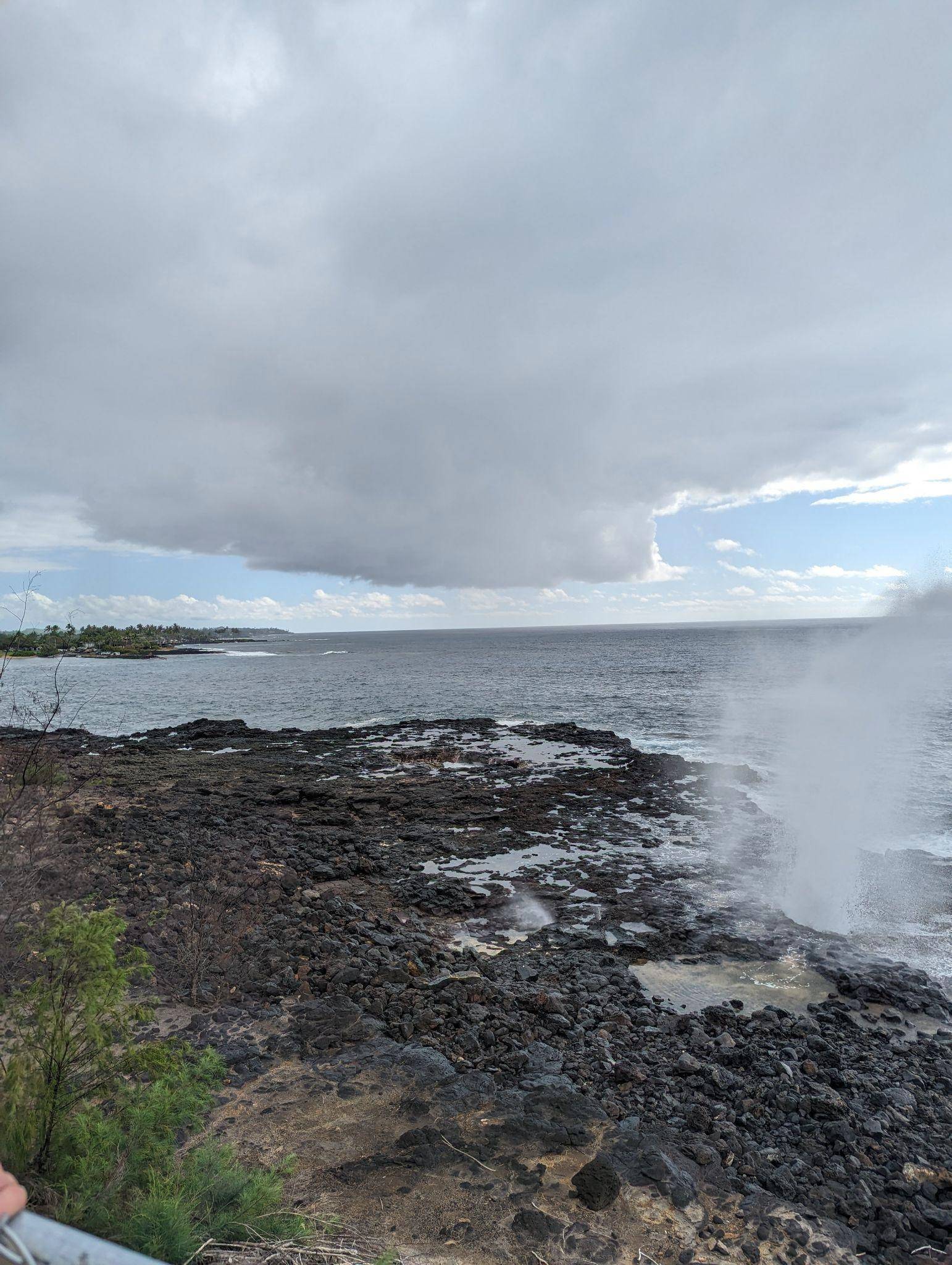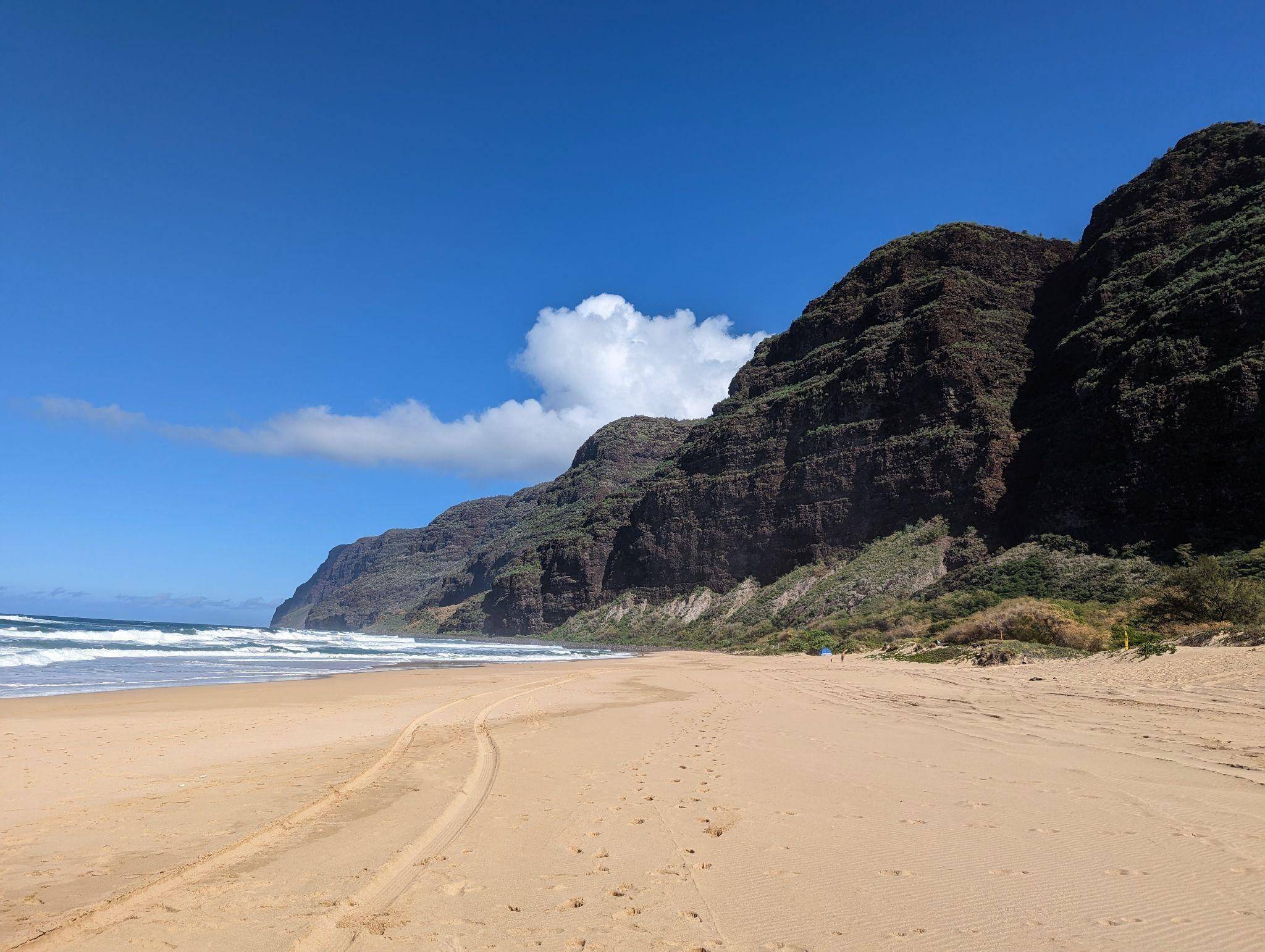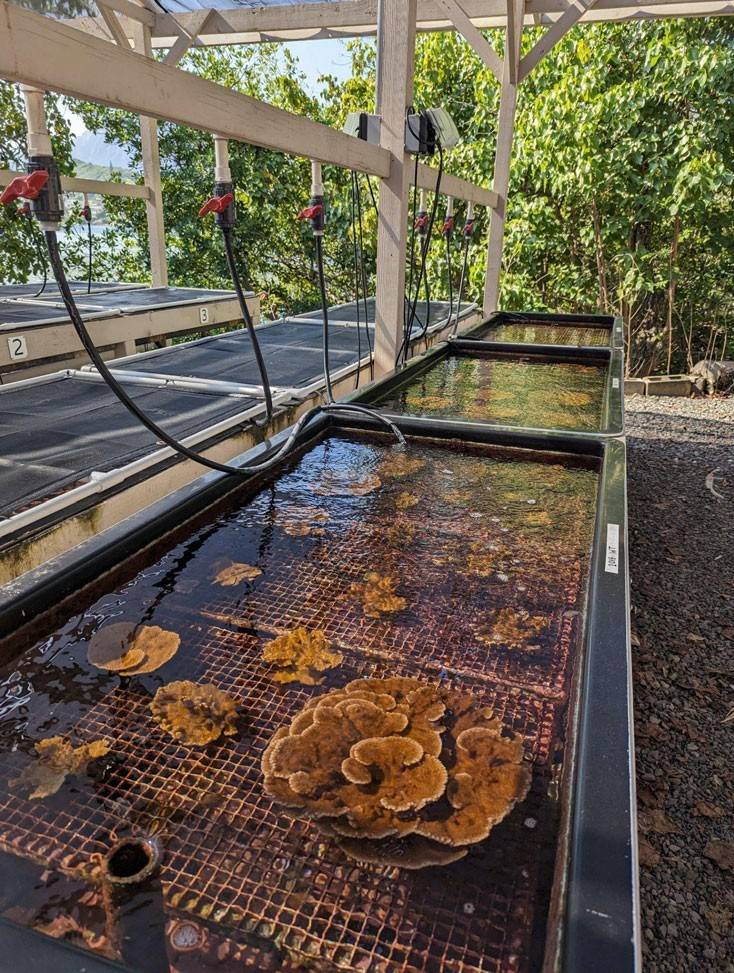During my final winter break at Colgate, I decided to use the rest of my AMS funds to continue a research project I had worked on in the summer of 2021. In Savannah, Ga., I spent a summer attempting to quantify how light pollution and “skyglow” from nearby population centers impacted the nesting success rates of loggerhead sea turtles. Now, almost two years later, I am continuing this work by applying these same methods to those of the Hawaiian green sea turtle on the beaches of Kaua’i and O’ahu, Hawai’i.
Green sea turtles resting on Poipu beach at night
The Hawaiian green sea turtle is a threatened species that can be greatly affected by human activities, the largest one being light pollution. Whenever sea turtles come ashore to nest, both the mother and hatchlings rely on light reflecting off of the water in order to find their way back to the water at night. Unfortunately, lights from nearby cities, homes, or even beachgoers with flashlights on the beach can cause them to become disoriented, potentially leading to stranding and death. My research involved going to beaches in Hawai’i where turtles have been seen nesting/basking and imaging the sky at night to quantify how severe light pollution is in different areas.
I spent the first portion of my trip on Kaua’i, which has been given the apt title of “The Garden Isle.”
Views of Kaua’i
On my first night, I decided to check out one of my target beaches, Poipu Beach. As I watched the sun set, I walked the beach and came across a crowd gathered around what seemed to be a cluster of rocks. It turned out to be a cluster of nearly 20 resting green sea turtles! There were cones set up around the turtles as well as volunteers to help prevent people from getting too close and disturbing them, but it was incredible to witness. I collected my first round of data that night, taking panoramic images from sunset until the astronomical definition of night time.
More Kaua’i green sea turtles
While I spent many of my nights collecting data, I had my days free for exploration. I was able to visit beaches, explore farmers markets, and got sprayed by the Spouting Horn Blowhole a few times. I learned quite a bit about certain aspects of Hawaiian culture from a friend’s guidance — such as the significance of the heiau, or places of worship.
Seconds before the sea spray from Spouting Horn hit me in the face
On my last day of research, I traveled first to Koke’e State Park and Waimea Canyon — perhaps one of the most striking places I visited on Kaua’i. The rapid shift in elevation created an incredible transition from palm trees to evergreens as I went up the plateau. With every turn, I was able to see the drop off into Waimea Canyon, combining a variety of environments within a short drive.
I spent the evening at Polihale Beach, where the long, sandy beach backed up against the dense vegetation and mountains.
It took a 30 minute drive down a pothole-filled dirt road in order to access Polihale beach.
The next day, I flew to O’ahu, a much more urbanized isle that I could immediately recognize as I landed. I spent my first night taking panoramas of Turtle Beach, where the full moon lit up the sky as I feasted on garlic shrimp. I used one of my days to visit the Hawai’i Institute of Marine Biology laboratory on Coconut Island, where I learned about the research being performed on the island and their efforts to conserve marine plants and animals.
Coral experiments being performed at the Hawai’i Institute of Marine Biology
In addition, while waiting for my data to upload, I spent a few spare hours attempting to surf for the first time in my life. It went better than I expected, and I actually managed to catch a few 2-foot waves.
The rest of the time was spent collecting data, and by the end of the trip, I had taken more than 600 raw images ready for processing and analysis. Each pixel needed to have its brightness value taken into account, separated into its red, green, and blue wavelengths, and then adjusted to the sea turtle’s vision, which cannot see red as well as us but is more sensitive to blues and greens. It was a very successful trip, and hopefully will improve our existing data to lead to a published article. This was an incredible experience for me, and I am very grateful for being granted the opportunity to expand my research to different regions. This data will be used to improve sea turtle conservation efforts and to mitigate coastal light pollution that may impact other organisms negatively.
